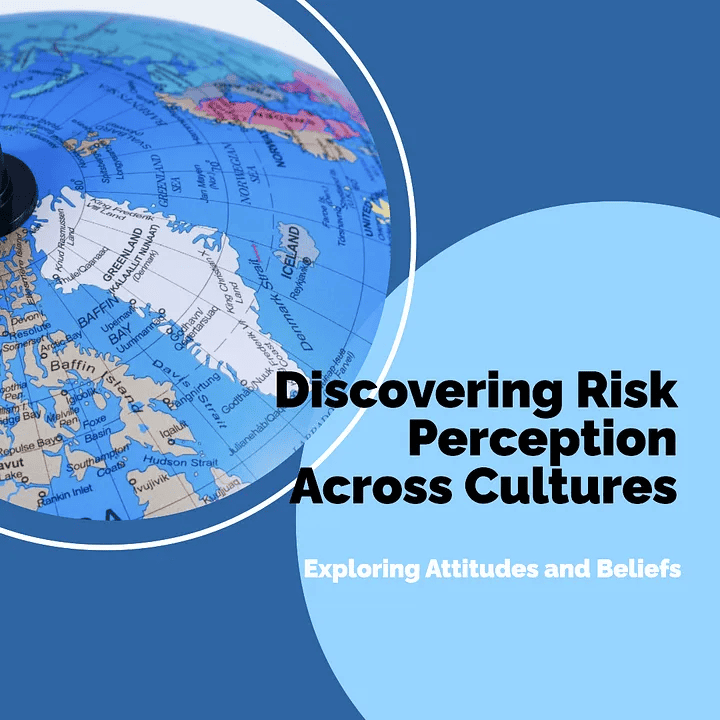The world of cultural perspectives allows us to understand human society’s innate diversity and complexity.
One of the fascinating aspects of this exploration is understanding how different cultures perceive and interact with risk.
Risk, by definition, is the potential for loss or gain or the likelihood of a negative or positive outcome; however, how societies perceive and manage risks can widely diverge based on their cultural framework.
The perception of risk, or risk perception, can be interpreted differently across societies due to varying cultural norms and attitudes. For instance, Japanese culture, which values harmony, collectivism, and long-term orientation, may emphasise risks that jeopardise societal balance. On the other side of the world, individualistic American culture, with its preference for personal freedom and short-term rewards, may value risks that lead to innovation and progress.
It’s important to highlight that culture shapes our interpretation of risk and influences our approach to risk management and decision-making. This becomes especially significant in public health, economic policy, and environmental conservation, where risk management decisions might affect entire populations.

Different societies exhibit varying levels of risk tolerance. In Western cultures, where individualism is encouraged, making risky decisions, like starting a new business or investing in stocks, might be seen as a sign of entrepreneurial spirit and individual freedom. Contrastingly, in collectivist cultures like those in many Asian societies, taking risks that could impact collective well-being is often discouraged. What is considered ‘risky’ in one culture may be regarded as usual or beneficial in another.
Even risk communication is culturally rooted. Risk information is typically disseminated from authorities to populations in societies emphasising hierarchy and power distance*, sometimes leading to informational asymmetry. In contrast, societies with low power distance and high individualism promote dialogue and shared decision-making, resulting in a more democratised risk communication flow.
Interestingly, emotive factors also play a crucial role in risk perception. Fear, for instance, can highly influence how risk is perceived. Studies show that Western societies usually respond more to fear appeals, such as the health risks of smoking, compared to Eastern cultures that resonate more with collective societal loss, as in the harm of second-hand smoke exposure.
Moreover, trust in authorities also impacts risk perception. In societies with high trust in authorities, there is likely to be a lower perception of risk due to faith in the system’s capacity to manage it. Conversely, societies with low trust in authorities may perceive risk as higher due to scepticism about the system’s management capabilities.
Exploring these cultural perspectives gives us invaluable insights into understanding how societies, groups, or individuals perceive and manage risks. It also enables us to devise culturally appropriate risk communication and management strategies, critical in today’s increasingly globalised, interdependent, and diversified world.
Cultural competency in risk management is not about neatly categorising cultures or assigning stereotypical risk behaviours. It’s about acknowledging that risk attitudes are inherently cultural constructs with multiple facets. It means taking a step back, considering societal beliefs, values, and attitudes, and integrating these insights into our understanding, communication, and management of risks. Only then can we truly navigate the diverse cultural landscapes of risk in our globally interconnected world.
Bibliography
- Risk and Culture by Mary Douglas and Aaron Wildavsky
- The Perception of Risk by Paul Slovic
*Power distance: the perceived degree of inequality among people



